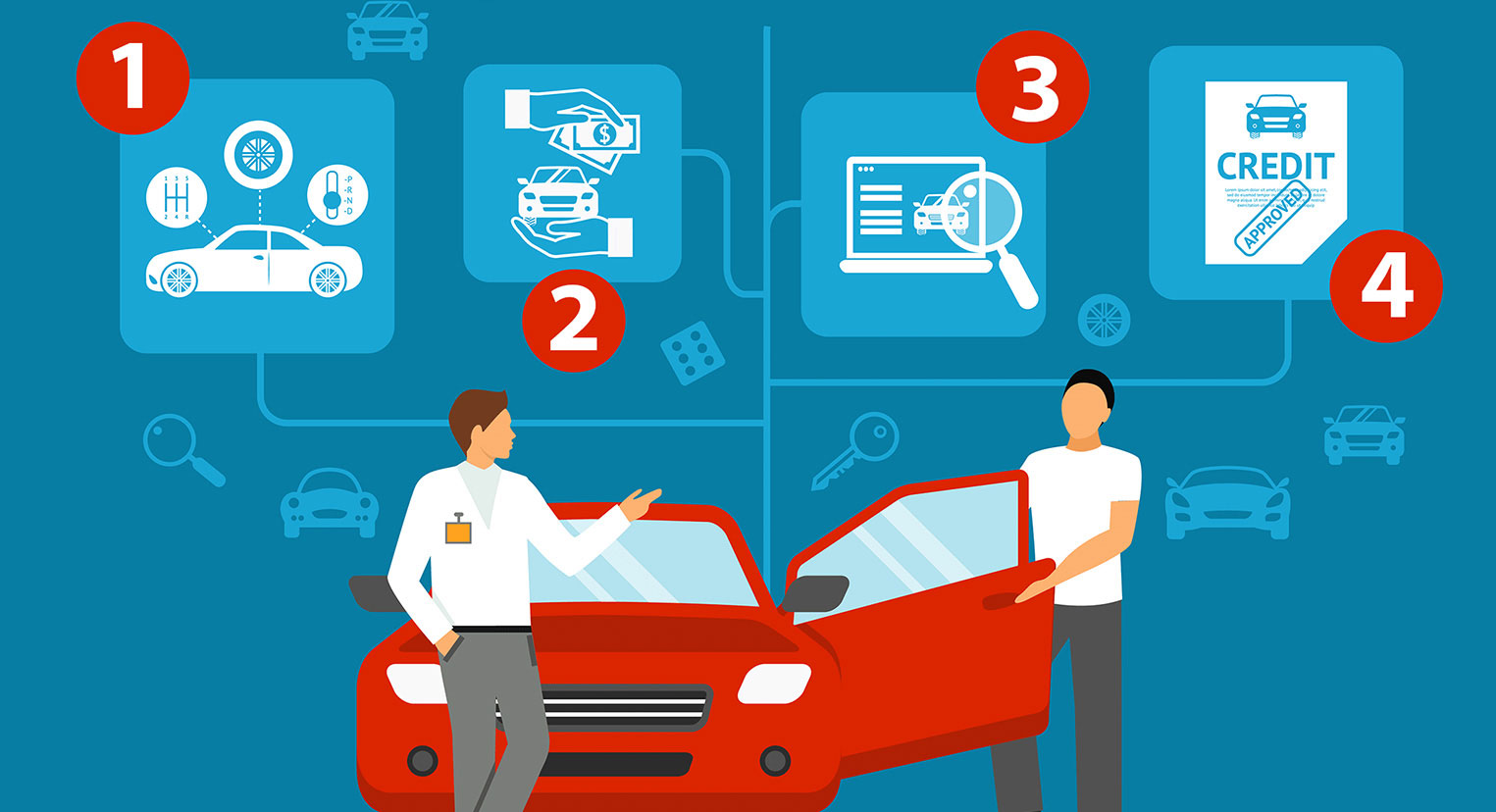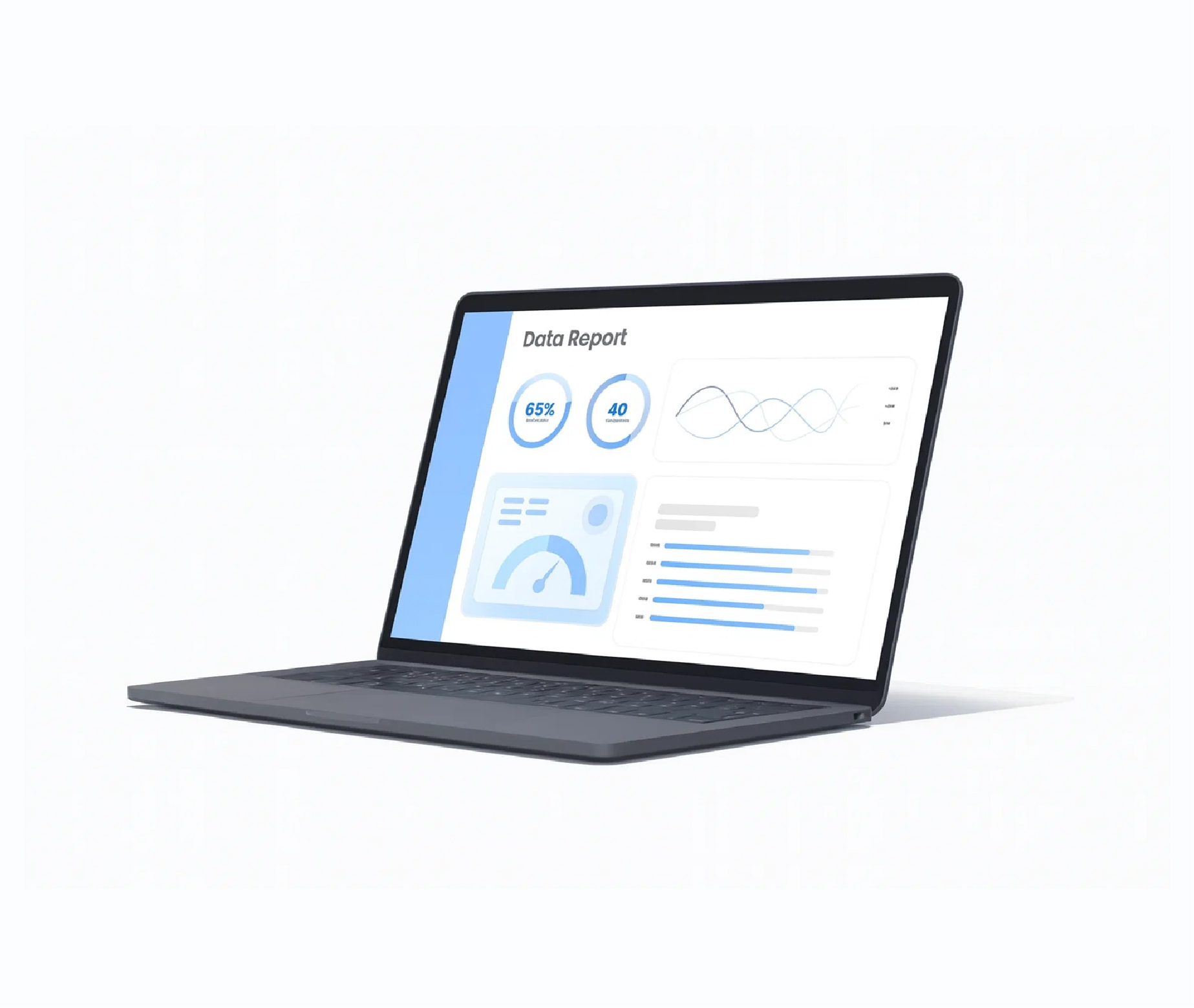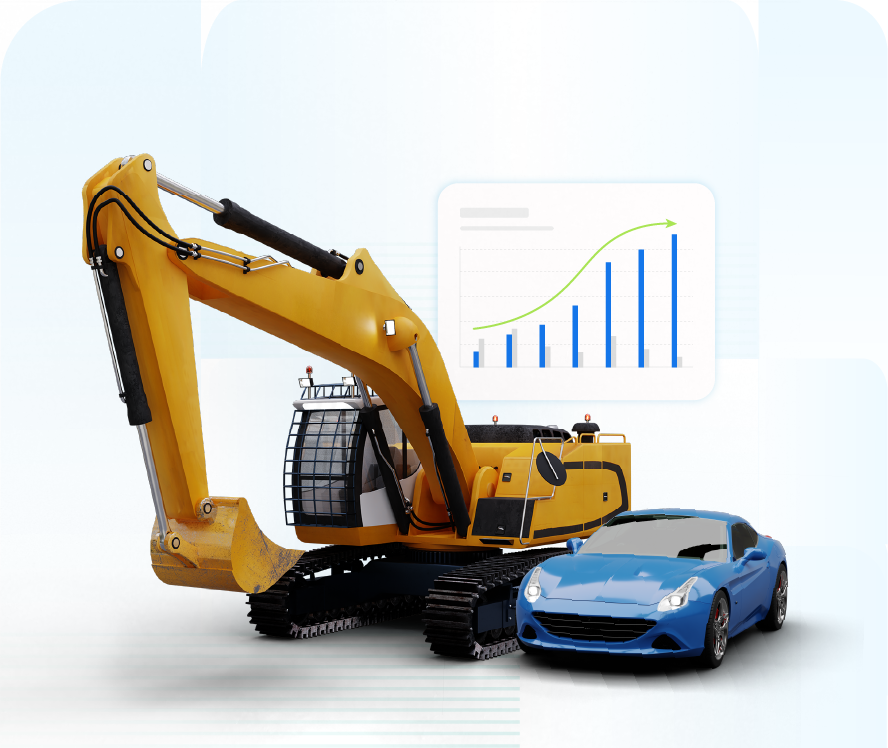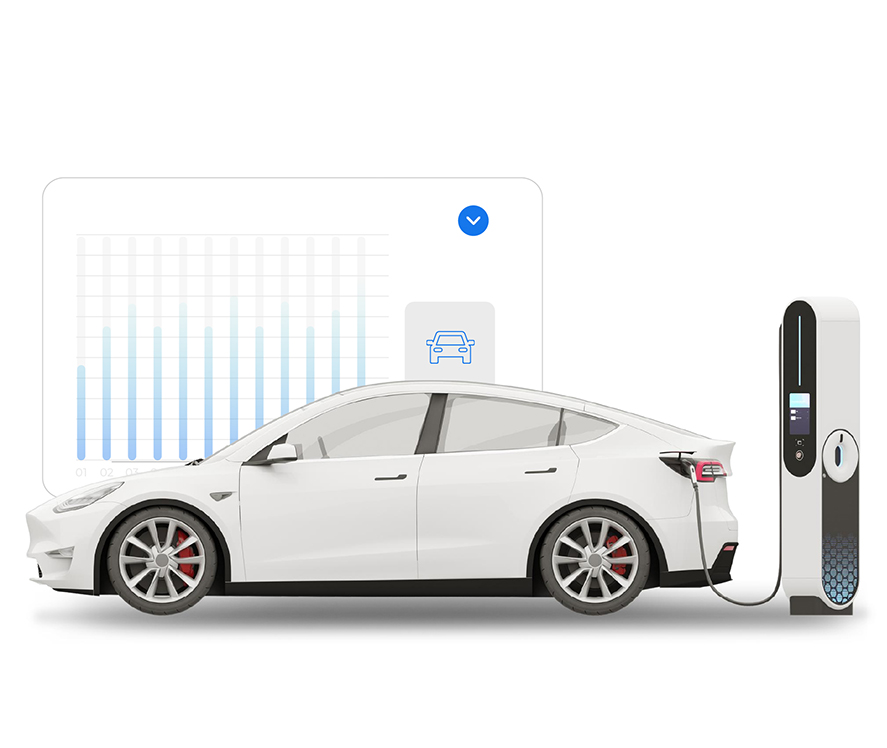Blog
Auto Finance Software and Changing Car Buyer Preferences
By Richard Regan, on August 21, 2018
Carmakers worldwide managed to sell more than 86 million units in 2018, including record numbers of electric models and sport utility vehicles.

While price ranks among the most prominent drivers of change - the average monthly new car payment grew to a historic high of $550 in the U.S., Experian revealed - the arrival and maturation of multiple new mobility options has done the most to change car buyers' mindsets. This situation is less than ideal for dealerships in North America and the EMEA region, where these alternative transportation systems are most prevalent. But what are car sellers supposed to do to offset this philosophical purchasing sea change?
Modernization through the implementation of sophisticated auto finance software is among the most effective options. These solutions give dealers the power to optimize their financing and leasing operations via data-driven risk assessment and simultaneously cultivate the complex operational framework needed to take part in newer mobility models, thus laying the foundation for stability, even in the face of significant industry upheaval. However, before diving into the details associated with auto finance software development and installation, dealers should assess the various transportation innovations that are changing car buyer preferences.
Mapping an evolving automotive landscape
Private vehicle ownership and public transportation - these were the only two mobility options consumers worldwide had for decades. However, this is no longer the case. A number of newer alternatives have materialized in recent years and now collectively threaten automakers' historic hold on human movement. These include:
Ridesharing
The ridesharing space matured immensely in 2019. Lyft and Uber, which together account for 98% of the total industry market share as per Second Measure, released their initial public offerings in the spring, signaling the sector's official transformation from Silicon Valley oddity into legitimate industry vertical.
In the U.S., more than one-third of all adults take advantage of Lyft, Uber and the other services navigating the ridesharing niche, according to analysts for the Pew Research Center. This population of ride-hailers is bound to grow over the coming years. Fare revenue has grown 130% annually since 2013, laying the groundwork for an impressive $30 billion market, according to McKinsey and Company. However, the ridesharing services of today will not resemble those of tomorrow, the consultancy predicted.
Several sector-specific developments are driving the development of the ridesharing 2.0 and 3.0 models, which will facilitate wider-reaching services that address some rider demographics that are currently underserved. For instance, some shoppers opt for using personal vehicles as a consequence of the perceived space restrictions associated with rideshare cars. Businesses in the arena are bound to address this issue over the coming years by implementing space optimization measures and distributing modular automotive accessories to accommodate individuals with a lot of items.
The continued maturation of ridesharing certainly threatens carmakers, dealers and other businesses in the automotive space that have long relied on traditional vehicle financing and leasing.
Car-as-a-Service
The subscription-based service model wherein customers pay for access as opposed to ownership has seen widespread adoption across various industries, from the multimedia and information technology spaces to the ecommerce and education sectors. In recent years, this unique sales model has taken root within the automotive arena, giving way to a new model of vehicle use called Car-as-a-Service.
The notion of selling automobile access has been around for some time. Rental car companies have been leveraging this approach for decades, including ZipCar, which supports more than a million American customers who lease vehicles on demand via a smartphone app.
While CaaS ostensibly accomplishes the same goal as the rental model - i.e., giving consumers access to temporary transportation - it facilitates more sophisticated, responsive services. It works like this: A consumer uses a CaaS mobile portal to select a vehicle and accompanying subscription length. They travel to a local participating dealership and pick up their car. After the subscription period ends, they either return the vehicle, re-up or choose another car. This approach is both simple and cost-effective, as consumers can subscribe to vehicles for as little as $400 a month, a price that includes insurance coverage, maintenance and roadside assistance.
The emergence of CaaS obviously disrupts the global auto finance and leasing paradigm, putting pressure on automakers and dealers that have long benefited from more traditional transportation acquisition practices.
Preparing for the auto finance future
These transportation developments and the shifts in car buyer behavior they catalyze create complications for vehicle manufacturers and dealers. Nevertheless, conventional automotive businesses are not doomed to die out. Advanced auto finance software can help automakers and dealer management software adjust to sweeping marketplace changes and even carve out new niches within seemingly hostile mobility models.
Customer service optimization
For vehicle manufacturers and dealers attempting to navigate the transportation trends discussed above, salvation may lie in another larger phenomenon affecting all industries: the digitization of the customer experience. Millennials, born between 1981 and 1996, and members of Generation Y, born between 1997 and 2015, are encouraging organizations across numerous sectors to implement online solutions that streamline and improve purchasing and customer service operations. Companies within the automotive space are subject to this demand, according to researchers from Cox Automotive, who analyzed U.S. car buyer behavior and uncovered some significant developments.
For one, individuals in the market for new vehicles devote almost two-thirds of their shopping time to online research, an estimated 80% of which unfolds on third-party websites. Cox Automotive also discovered that dealerships visits are declining, with the average buyer making just two in-person trips per purchasing cycle. Automakers and dealers are aware of these trends and have cultivated multichannel sales approaches to meet young consumers' needs. However, customer satisfaction remains an issue within financing and leasing departments, where an estimated 40% of car shoppers say they encounter trouble, according to Cox Automotive. This is a major problem for automakers and dealers that are attempting to maintain healthy margins as ridesharing and CaaS - two alternatives that simplify and accelerate consumer-facing financial workflows - gain popularity.
Now, some businesses within the sector are making adjustments, Digital Dealer reported - namely, installing advanced auto finance software. These solutions make it possible for dealers to cultivate streamlined customer experiences wherein shoppers benefit from digital technologies similar to those that brought them through the doors when finalizing leasing or sales agreements in the finance office. Auto finance software gives dealership staff the ability to access external consumer financing data and in-house information collected as part of purchasing and marketing operations. With these insights in hand, personnel can develop and promote offers that align with customer expectations and benefit the bottom line. This accelerates sales cycles and lays the groundwork for buyer relationship building, which is essential to success in the automotive industry where almost one-third of all consumers choose dealerships based on past buying experiences, as per Cox Automotive.
It is this kind of digital optimization that is going to help dealers prosper as ridesharing and CaaS evolve, and it is only achievable through advanced auto finance software.
Line of business expansion
Although alternative vehicle financing and leasing models such as those mentioned above pose threats to automakers and dealers, they also present opportunity. How so?
Ridesharing, while reducing passenger-per-vehicle rates, does create some new auto financing opportunities for dealers. Lyft and Uber collectively employ roughly 6 million drivers worldwide, all of whom purchase or lease personal vehicles. With demand for ridesharing services growing steadily, this population of vehicle purchasers will only expand. Both automakers and dealers can take advantage of this by offering financing packages and workflows tailored to ridesharing drivers.
BMW, for instance, maintains an automotive leasing program that targets car buyers who intend to work in this space. Most modern leases specifically prohibit participation in ridesharing, as this automotive pursuit tends to drive up mileage numbers past the authorized totals listed on standard agreements. BMW is addressing this auto finance roadblock by offering lessees the opportunity to opt into specialized agreements that make it possible for them to drive for Uber or Lyft without voiding vehicle maintenance offerings or incurring financial penalties.
The same sort of line of business expansion is possible with the CaaS model, which is dependent on dealerships that provide vehicles and services. On top of this, most play an integral part in field execution, acting as connections between CaaS adherents and their digitally chosen cars. In fact, traditional automotive companies are challenging startups in this growing niche. At least eight manufacturers - including Audi, BMW, Cadillac, Ford, Jaguar, Mercedes-Benz, Porsche and Volvo - have begun experimenting with CaaS via pilot programs. Of course, rental car giants such as Hertz are also in the mix.
To make operational pivots of this kind and benefit from the emergence and growth of ridesharing and the CaaS model, automakers and dealers need cutting-edge backend tools, including the latest auto financing software.
With access to innovative auto finance software, these traditional automotive players can cultivate agile workflows that leverage configurable business rules engines to handle the higher transaction volumes that come with CaaS adoption or maintain specialized leasing programs for customers working for ridesharing companies. Further, with access to third-party integration tools, car manufacturers and dealers can more easily collaborate with mobility partners, including CaaS organizations. The business intelligence and information security included in the latest auto finance software platforms add to the experience, lending automakers and sellers the power to address financial and operational risk through internal data collection and analysis and the use of specialized digital defenses.
The reality is, ridesharing and CaaS strategies rely on vehicle availability and therefore require the creation and management of leasing and finance agreements that, while slightly different (CaaS leases run for as little as a month, while normal leases remain active for years, for example) still resemble traditional asset financing software and finance contracts. This means that car manufacturers and dealerships that have the right tools can easily find success in this changing automotive market.
Related blogs

Blog
Transforming BFSI with data engineering: Unlocking actionable insights from big data

Blog
The importance of knowledge continuity in asset finance: Lessons from the field

Blog



